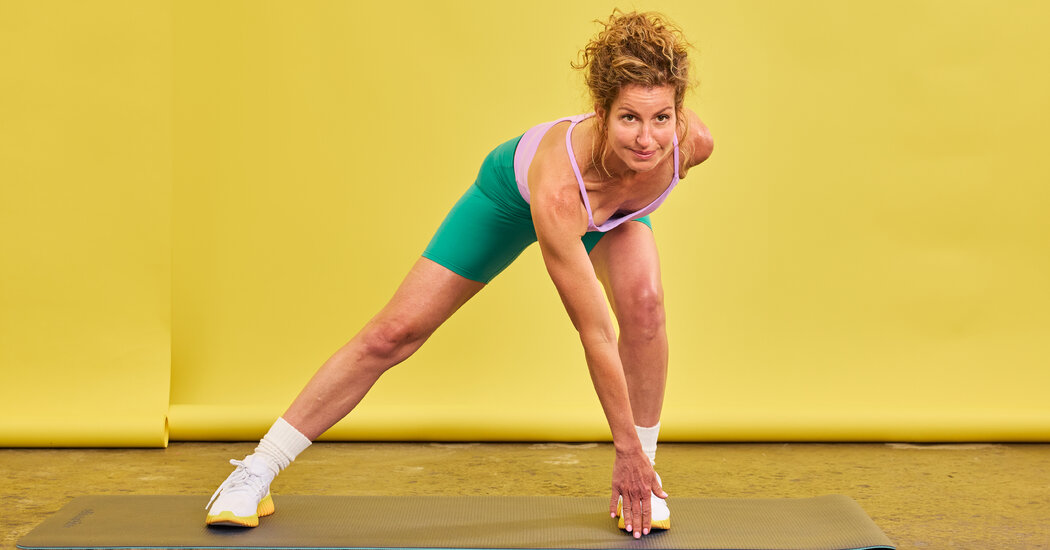HIIT routines are typically both high intensity and high impact. But you can still get the hard work while being easy on your body.
High-intensity workouts are designed to be hard. The whole point of repeatedly going all out for 30 seconds or a minute at a time is to get the maximum cardiovascular exercise in the least amount of time. But that doesn’t mean these workouts need to be punishing for your joints.
The most well-known of these workouts, high intensity interval training, or HIIT, involves high-impact moves and has been adopted by serious athletes to become stronger, faster and more powerful, said Susane Pata, a Miami-based trainer with the National Academy of Sports Medicine.
HIIT workouts caught on at gyms in the early 2000s, and studies have shown their benefits, including improved cholesterol and blood pressure profiles, heart health and fat loss.
However, since then, many trainers have adapted them to be accessible to a wider audience, Ms. Pata said. Since the end of the pandemic, a gentler version has emerged, known as HILIT, or high-intensity, low-impact interval training.
These workouts substitute high-impact activities such as sprinting, burpees or jump lunges with joint-friendly alternatives. The goal is still the same: to keep your heart rate above 80 percent of your absolute maximum before letting it barely recover and then repeating the effort.
Who should consider HILIT
Novice exercisers need to build a foundation of balance, core strength and joint stability before attempting dynamic plyometrics exercises, such as burpees, that are usually included in HIIT routines, Ms. Pata said.
